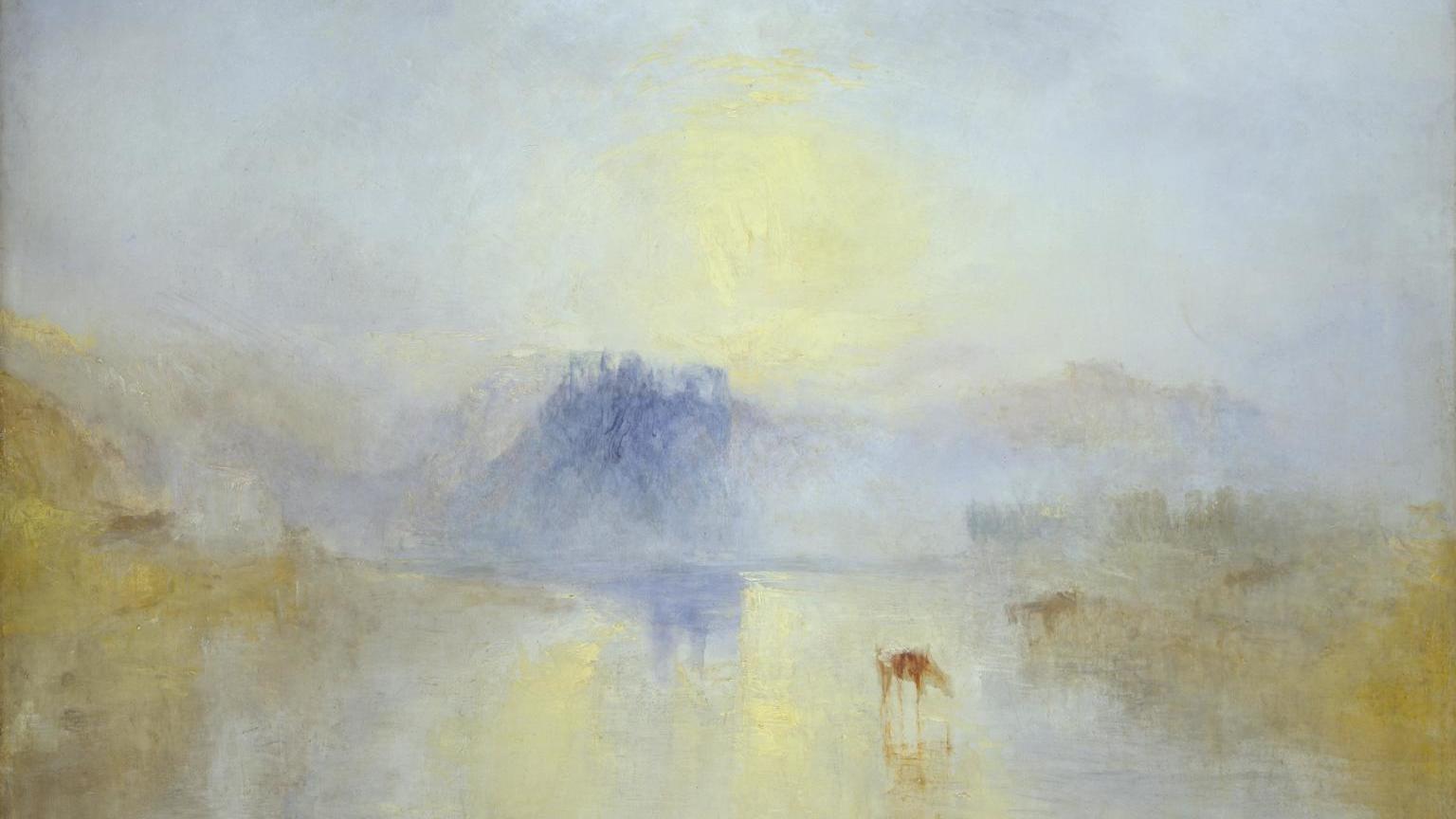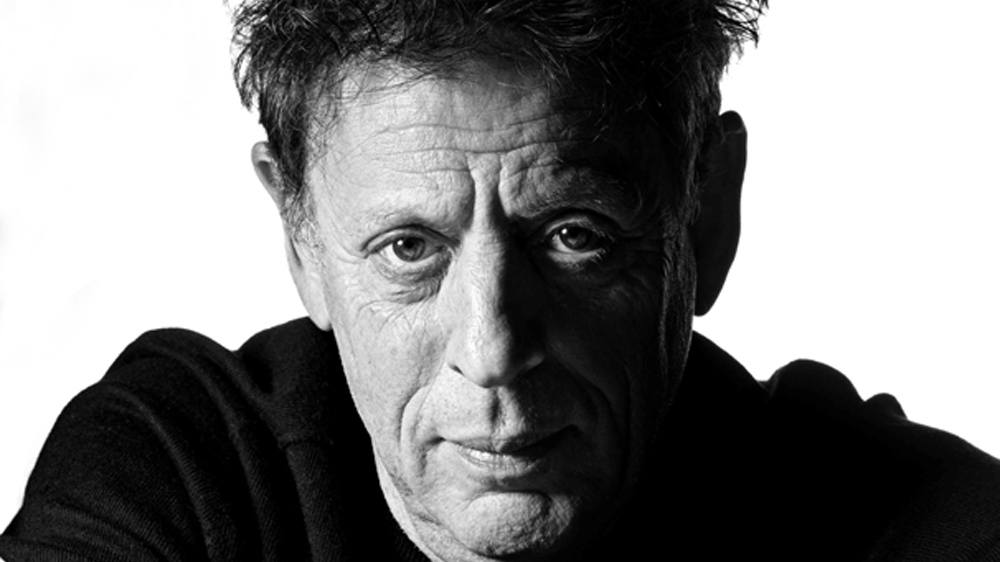Remembering Mario Davidovsky
The Argentine-American composer Mario Davidovsky passed away on August 23. He was 85. Davidovsky will be remembered as a pioneer of electroacoustic music (the blending of traditional instruments with new, electronic sounds). In addition to his work at the Columbia-Princeton Electronic Music Center, he served on the composition faculty of, among other schools, the Mannes School of Music. Born in Buenos Aires, he emigrated to the United States in 1960 and studied with …







